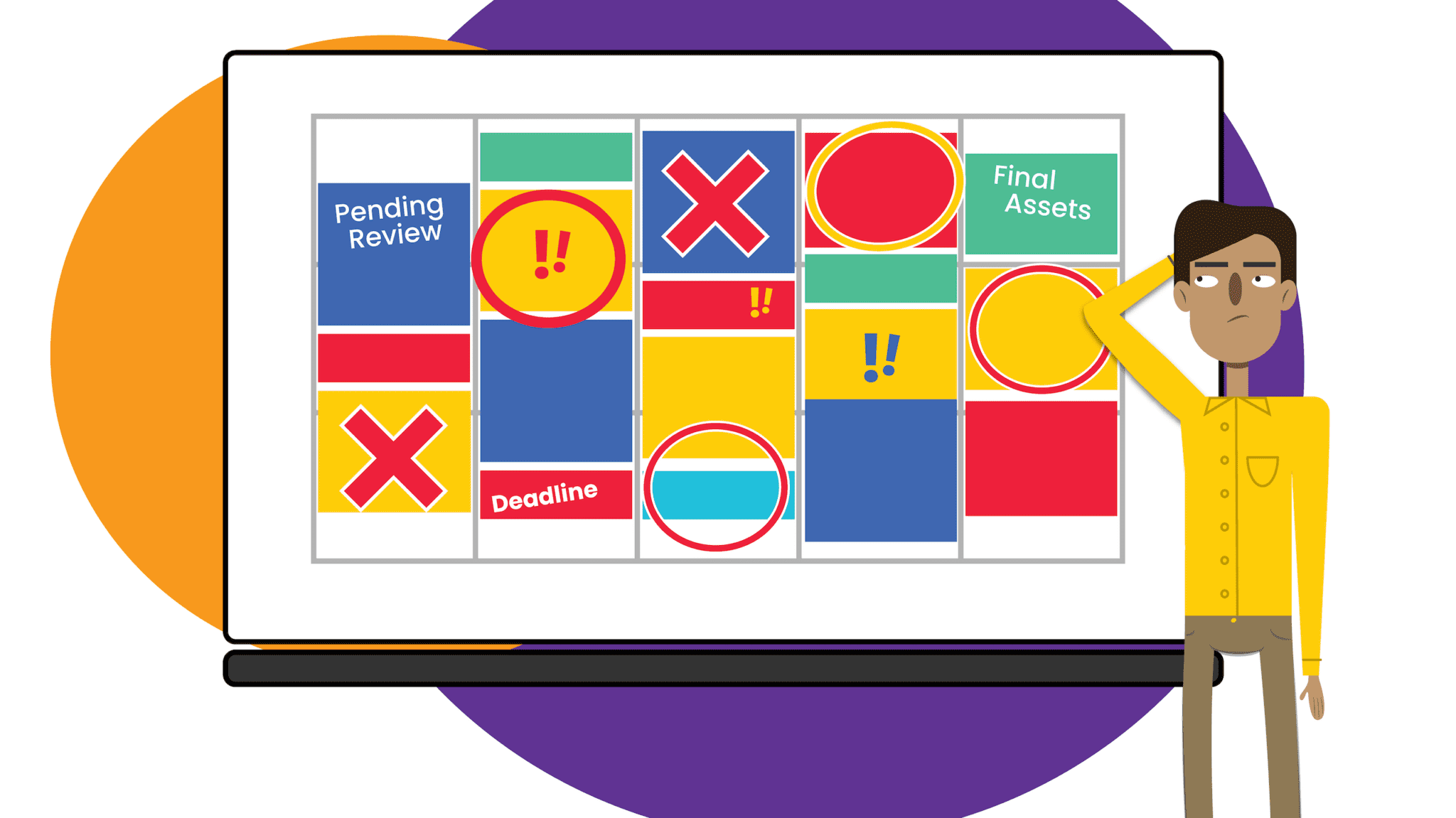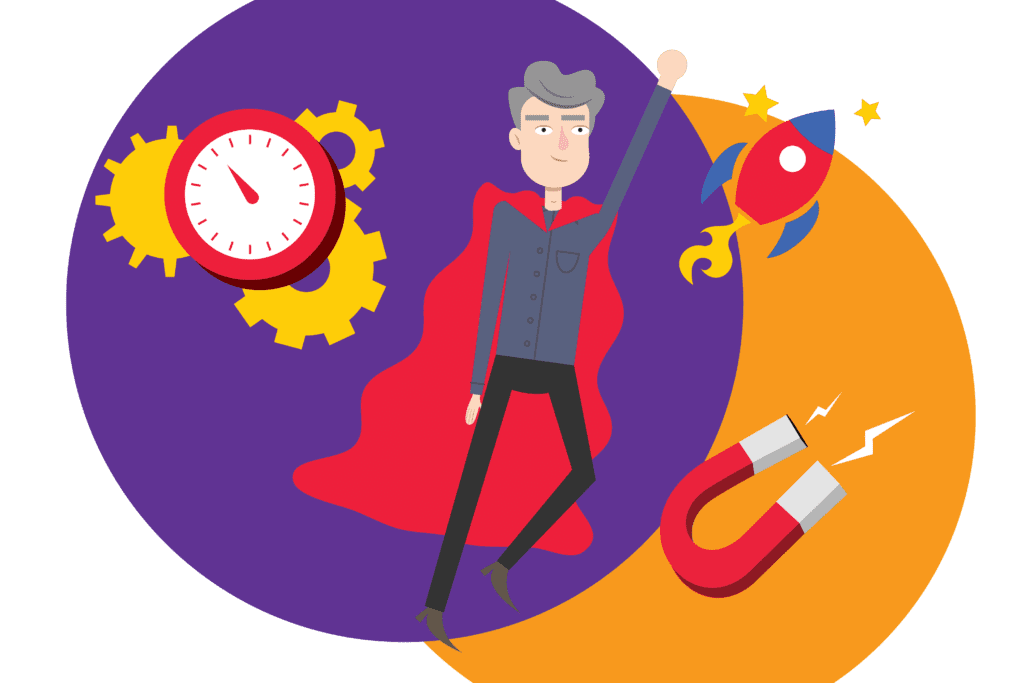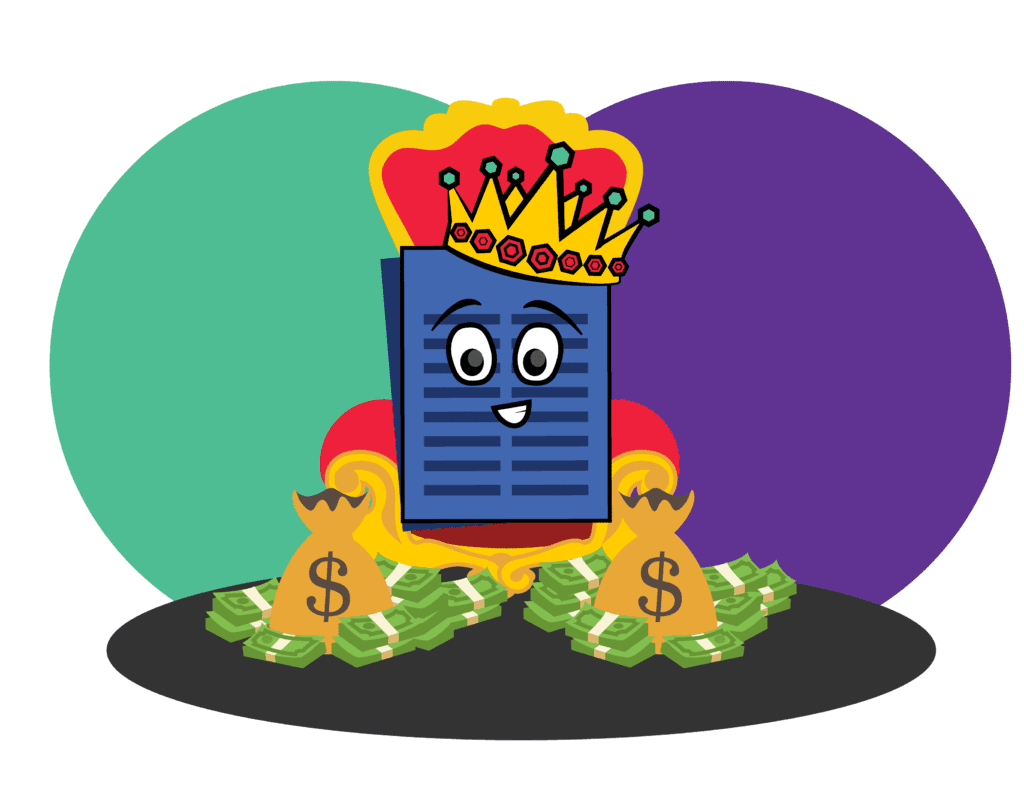The digital age was supposed to make our lives easier: since we’d all be able to work faster, we’d get our work done sooner and have more leisure time. In reality, it just means we all have more work to do in a day.
Marketing is no exception.
These days, for many in B2B marketing, serious time pressures often mean critical projects are executed on the fly. New tactics are crammed into an already over-crowded workday. Campaigns often come together at the last minute, and sometimes strategy takes a back seat to simply starting a program.
Often, the simplest solution to marketing problems seems to be setting rigorous schedules and meeting them — getting a lot done and out the door as quickly as possible.
Unfortunately, quality content marketing as a process and craft doesn’t work that way. Simply having a content marketing schedule doesn’t mean you have a content marketing strategy. So, approaching content marketing from the point of view of scheduling to try and keep up with deadlines hurts more than it helps.
The Right Content Is More Important Than More Content
To be clear, the schedule-first instinct is coming from a good place — as B2B marketers, we all know we have to continually and proactively engage with our audiences. The days of waiting around and hoping someone stumbles across your website are consigned to the dustbin of history, and the competition to just get noticed is fiercer than ever.
We’re all doing our best to actively reach our audiences and engage them. But, it’s important to remember that how to do that effectively in our limited time is where strategic content marketing comes in.
Strategic content marketing is all about getting the right type of content to the right audience at the right time. If we’re going to do that, we need to set schedule and delivery pressures aside for a moment, and make sure we truly understand:
- Who the audience is
- The value they are looking for from the content they want to consume
- The types of content that will most resonate with them
- The topics that will drive the most value and leave them thinking their time was well spent reading or engaging with a piece of content
- The appropriate call-to-action for each type of content
- How each piece of content should be crafted so that an audience will be nudged to go to the next step of the buyer’s journey or follow through with that call to action
Understanding and keeping in mind these strategic elements of content marketing will make it easier to effectively engage with our audience. Once we have a firm grasp on these things, we can avoid spending time and effort on inefficient or counterproductive content. In other words, we can achieve better outcomes with less effort.
It’s Easier to Plan in Advance Than Plan While You Execute
Better outcomes are achieved because understanding the strategic elements above makes it easier to develop an effective content strategy that goes beyond scheduling to focus on the ultimate quality and impact of content. After all, strategic marketing content is supposed to push buyers along their buyer’s journey. It establishes mindshare, creates perceptions, leaves a lasting impression, and ultimately positions offerings for a sale.
These objectives can best be achieved through advance planning rather than on-the-go every time a new piece of content is needed to meet another marketing program deadline.
When we plan as we go, we’re more likely to come up with the wrong type of content for a given objective. And, for example, if we write a blog that should have been a thought leadership paper, a brochure that should have been a blog, or a blog that should have been a LinkedIn post, we’re wasting time and money internally and our readers’ time externally.
Mismatched Content Won’t Move Customers Towards Purchases
Planning in advance also makes it easier to create the right mix of content types to match wherever the audience is in the buyer’s journey.
Consider a potential customer who’s found a blog at the awareness stage. If that blog does its job, it will help move the customer along to the consideration stage, where the customer will be looking for more in-depth content that addresses a different set of questions or provides thought leadership or industry solutions in more detail, like a brief.
But, if your content basket doesn’t include any briefs because you’ve been focusing on cranking out weekly blogs to meet an intense schedule — and haven’t had the time to create richer content — that potential lead/buyer’s engagement with your brand might stop there. Or worse, that potential customer will be attracted by a competitor’s content mix that does have the in-depth content that provides more value. This not only means that the competitor is stealing the thought leadership spotlight but it is also now helping your target audience along a competitor’s buyer’s journey that ends with a sale of the competitor’s offering.
Remember that today’s target audiences can essentially find anything they want on just about any subject. And the buyer’s journey is almost always self-directed to some degree. Potential buyers can enter anywhere and go in any direction. Different personas in your target audience will enter where it makes sense for them.
Consequently, an effective content strategy must be ready to meet a customer’s content needs wherever that customer is on the journey. So, it’s more crucial than ever to have a variety of quality content to catch and keep the buyer’s interest.
Cutting Through Competitor Noise Needs Quality, Not Quantity
Quality in content marketing means that every piece of content a potential buyer encounters must provide value by addressing key challenges or issues the buyer is facing. Otherwise, the buyer is likely to move on to someone else’s content. So, one quality piece of content that drives value for your target audience is worth at least 100 rushed, throwaway pieces that don’t.
As such, it makes much more sense to compete for an audience’s attention, interest, and desire on quality, rather than quantity, by ensuring content:
- Is well-written for your intended audiences
- Is the right type of content for your audiences
- Properly addresses their pain points
- Explains solutions from their point of view
Start With a Proper Strategy and the Rest Will Follow — Including the Schedule
All of that to say, a schedule is an important part of any effective content marketing strategy. But it’s downstream of many, many other more important elements of the strategy.
Once you’ve established the fundamentals of who you’re talking to and the content you need to establish and maintain a conversation, it’s much easier to create the content and the content marketing schedule that will support it. Rather than just churning out material as deadlines loom, you’ll be able to plan out the delivery of quality, targeted content that will engage, retain, and move your buyers along their journey.
Whether you have questions to ask or goals to hit, contact us to find out how we can help with your content marketing program.


